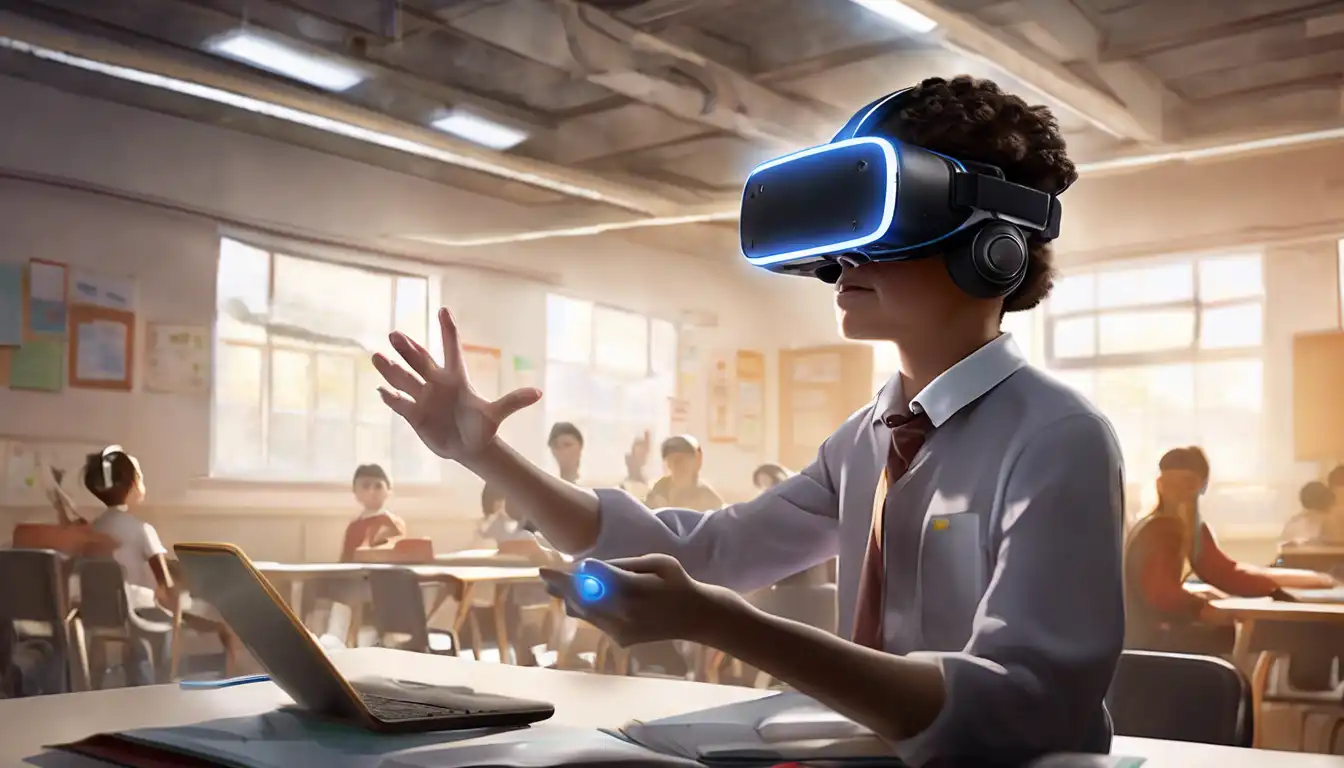The Transformative Impact of Virtual Reality on Learning and Skill Development
Virtual Reality (VR) technology has rapidly evolved from a futuristic concept into a practical tool with the potential to revolutionize education and training. By creating immersive, interactive environments, VR offers unparalleled opportunities for experiential learning, making it a game-changer in both academic and professional settings.
Why VR is a Game-Changer in Education
VR transforms traditional learning methodologies by providing students with immersive experiences that were previously impossible or impractical. For instance, medical students can perform virtual surgeries, history students can explore ancient civilizations, and science students can conduct experiments in a risk-free environment. This hands-on approach enhances understanding and retention, making learning more effective and engaging.
Enhancing Professional Training with VR
Beyond the classroom, VR is making waves in professional training across various industries. From aviation to construction, VR simulations allow trainees to practice complex procedures and hone their skills in a safe, controlled environment. This not only reduces the risk of accidents but also cuts down on training costs and time, offering a scalable solution for workforce development.
The Benefits of VR in Education and Training
- Improved Engagement: VR's immersive nature captures learners' attention, making education more interactive and enjoyable.
- Enhanced Retention: Experiential learning through VR leads to better memory retention and understanding of complex concepts.
- Accessibility: VR can bring distant or inaccessible environments to learners, breaking down geographical and physical barriers.
- Cost-Effectiveness: Virtual simulations can reduce the need for physical materials and travel, offering a more economical alternative to traditional methods.
Challenges and Considerations
Despite its potential, the integration of VR in education and training is not without challenges. High costs of VR equipment, the need for technical support, and concerns over screen time and motion sickness are some of the hurdles that need to be addressed. However, as technology advances and becomes more affordable, these challenges are likely to diminish, paving the way for wider adoption.
The Future of VR in Learning
The future of VR in education and training looks promising, with ongoing advancements in technology making it more accessible and effective. As VR continues to evolve, it will play an increasingly significant role in shaping the future of learning, offering innovative solutions to traditional educational challenges. The potential of VR to transform education and training is immense, and we are only just beginning to scratch the surface of what is possible.
For more insights into the latest trends in educational technology, check out our EdTech Trends article.
